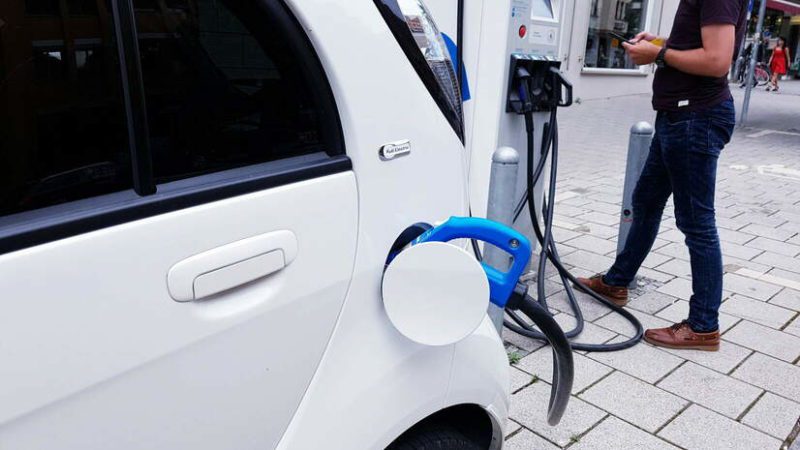Earlier this month, BloombergNEF made the exciting claim that by 2040 electric vehicles could be supplying three times Germany’s peak energy demand – so long as they are all fitted with vehicle-to-grid charging equipment.
It’s an amazing figure, and shows that if we get a lot of things right, EVs could provide a huge amount of the storage and firming required in a zero-carbon grid dominated by intermittent wind and solar generation.
But that’s a key point – we need to get a lot of things right. And this week Scott Chapman, general manager of new market services at the Australian Energy Market Operator, poured a little cold water on the notion that we’ll soon all be the enthusiastic owners of our own personal power plant on wheels.
The problem, he said, was persuading EV owners to view their cars as dual purpose power plants rather than just a personal means of transport, which requires a major shift in attitudes before you even consider the cost of the equipment.
His comments were based on the experience of AEMO’s new CEO, Daniel Westerman, in the UK. Before joining AEMO in May, Westerman was for many years a senior executive at the UK’s main electricity transmission operator, National Grid.
The UK is a leader in EV uptake, with electric cars making up more than 10 per cent of sales last year. A number of utilities and EV companies in the UK have been running vehicle-to-grid pilots, similar to the one currently underway by AGL and Nissan in Australia, but on a bigger scale.
Speaking at an event hosted by the Smart Energy Council on Tuesday, Chapman said Westerman’s insights on the UK experience were less than encouraging.
“It was interesting in his opinion, because in the UK, they’ve been really trying to engage [consumers on vehicle-to-grid], and are having trouble overcoming this idea that consumers have, that the charge in their batteries is exactly like petrol in the tank,” he said
“And they wouldn’t siphon petrol out of the tank to give to others to help them out, unless it were an extreme set of circumstances. And that sort of seems to be relaying into the whole vehicle to grid debate.
“I’m personally optimistic that Australia will be different, that we can get EV participation, but just that little point of note of the experience in the UK. So will EVs be the solution? I’m not sure, we’ll see.”
Attitudinal change is only one piece in the puzzle – price is potentially a much bigger one. AGL and Nissan are currently running a pilot scheme testing vehicle-to-grid technology using bi-directional charging equipment that costs around $10,000. Persuading the few consumers that can afford it that it is worth the money will be difficult if not impossible.
But Gabrielle Kuiper, an energy analyst at the Institute for Energy Economics and Financial Analysis who was also speaking at the Smart Energy Council event, said even if vehicle-to-grid was a tough ask, soon the economics would be enough to persuade EV owners to at least use their car batteries to power their homes.
“I do think that people are under-estimating the importance of electric vehicle batteries,” she said.
“I think it will be one of those temporary consumer issues until the commercial imperatives are such that people will inevitably – even if they don’t do vehicle-to-grid – be using their car batteries to power their homes. The costs are just going to fall so fast that you’d be foolish not to do so.”
James Fernyhough is a reporter at RenewEconomy and The Driven. He has worked at The Australian Financial Review and the Financial Times, and is interested in all things related to climate change and the transition to a low-carbon economy.

